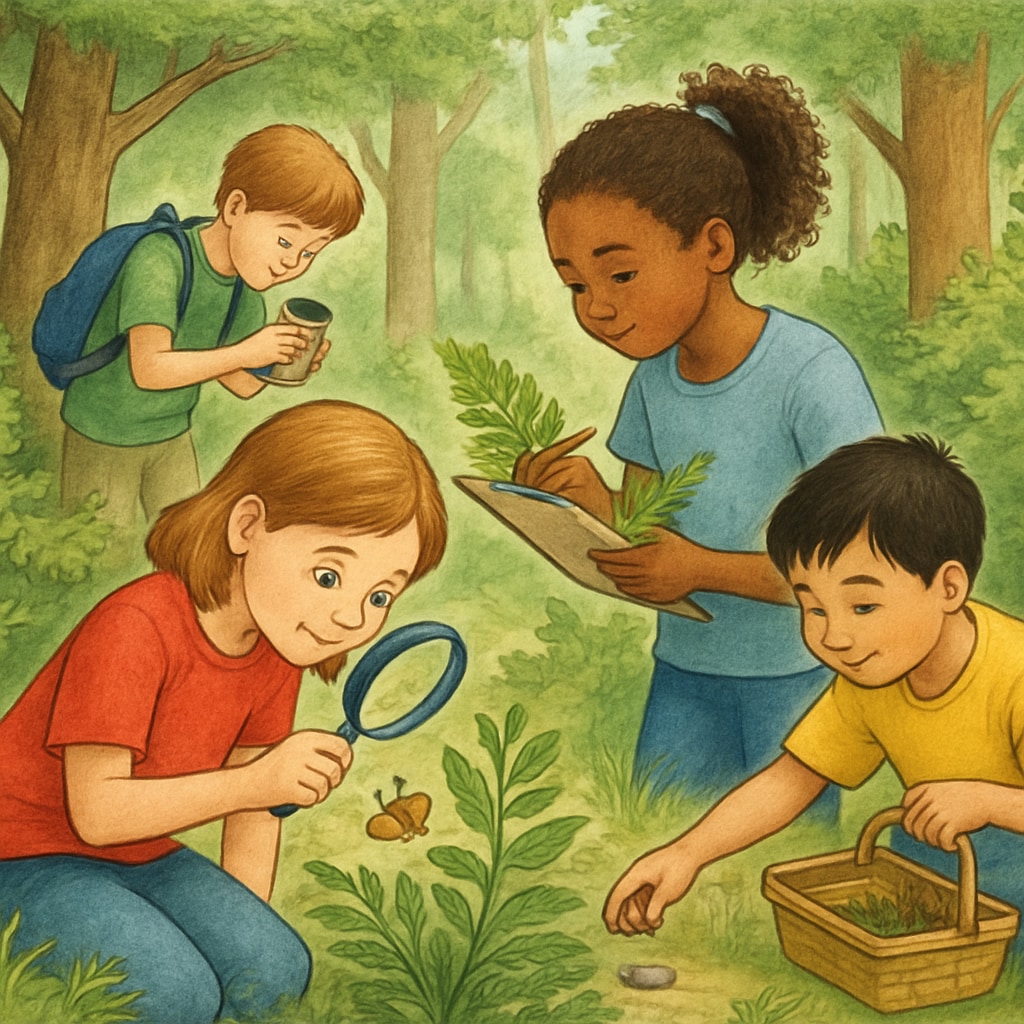When it comes to four-year-old children, creativity often thrives in unconventional ways. For kids who show extraordinary imagination but resist traditional education methods, finding the right approach can be challenging. Tailored education that nurtures creativity while fostering curiosity is essential to ensure these young minds flourish.
Understanding the Creative Mind of a Four-Year-Old
Children with strong creative inclinations often think outside the box. They may prefer storytelling, building imaginative worlds, or experimenting with art over structured learning. While traditional education systems focus on rote memorization and predefined curriculums, these children require a more flexible approach to keep their enthusiasm alive. For example, a child might resist sitting in a classroom but thrive in hands-on activities that allow them to explore their interests at their own pace.

Moreover, studies suggest that early exposure to diverse creative outlets can significantly impact cognitive and emotional development. By understanding a child’s unique interests, parents and educators can design activities that balance creativity with foundational learning skills.
Alternative Education Choices for Creative Children
For children who resist traditional methods, alternative educational models can provide effective solutions. Some options worth exploring include:
- Montessori Education: This system emphasizes self-directed activities, hands-on learning, and collaborative play. It allows children to explore subjects at their own pace, fostering independence and creativity.
- Reggio Emilia Approach: This method values the child’s ability to express themselves in “a hundred languages,” such as art, music, and storytelling. It encourages exploration through projects based on the child’s interests.
- Forest Schools: Outdoor-based education focuses on experiential learning in natural environments. This can be particularly engaging for children who love adventure and exploration.
- Unschooling: A child-led approach where learning is guided by the child’s curiosity. Unschooling lets kids dive deep into topics they’re passionate about while developing critical thinking skills.
These alternatives not only preserve a child’s innate creativity but also help them develop essential skills in a way that feels natural and enjoyable.

How Parents Can Support Creative Learning at Home
Parents play a vital role in fostering their child’s creativity. Creating a rich, stimulating environment at home can complement any alternative education approach. Here are some strategies:
- Provide Open-Ended Materials: Offer items like art supplies, building blocks, or musical instruments that encourage imaginative play.
- Encourage Curiosity: Respond to your child’s questions with enthusiasm and allow them to explore answers through experimentation.
- Limit Screen Time: While some educational apps can be beneficial, too much screen time can hinder creative development.
- Incorporate Play-Based Learning: Turn everyday activities into interactive learning experiences, such as cooking together or exploring science experiments.
In addition, parents can collaborate with teachers or educational experts to tailor learning experiences that align with their child’s strengths and interests.
Balancing Creativity and Foundational Skills
While nurturing creativity, it’s important to ensure children develop essential foundational skills like literacy, numeracy, and social interaction. A balanced approach integrates these skills into creative activities. For instance, storytelling can enhance language skills, while building a model can introduce basic math concepts.
Encouraging group activities, such as collaborative art projects or community-based programs, also helps children develop teamwork and communication abilities. Ultimately, the goal is to create a harmonious blend of structure and freedom that allows the child’s natural talents to shine.
For additional insights, explore resources like the Montessori Northwest and Reggio Children.
By embracing innovative education methods, we can create an environment where every child’s unique abilities are celebrated, laying the foundation for lifelong learning and success.
Readability guidance: Use short, engaging paragraphs and bullet points to summarize key ideas. Incorporate examples and external links to credible resources for additional context. Ensure a natural distribution of transition words to improve flow.


